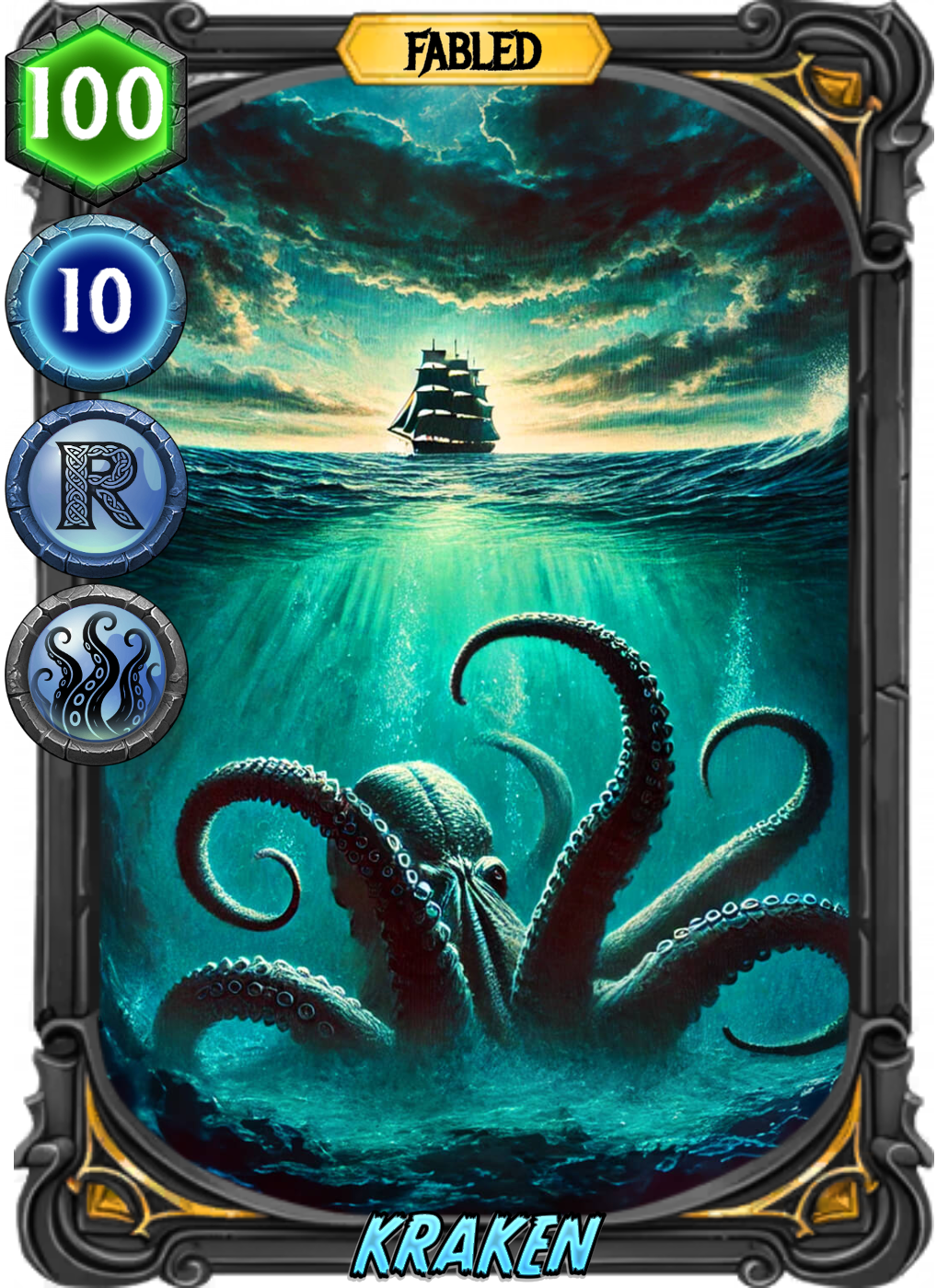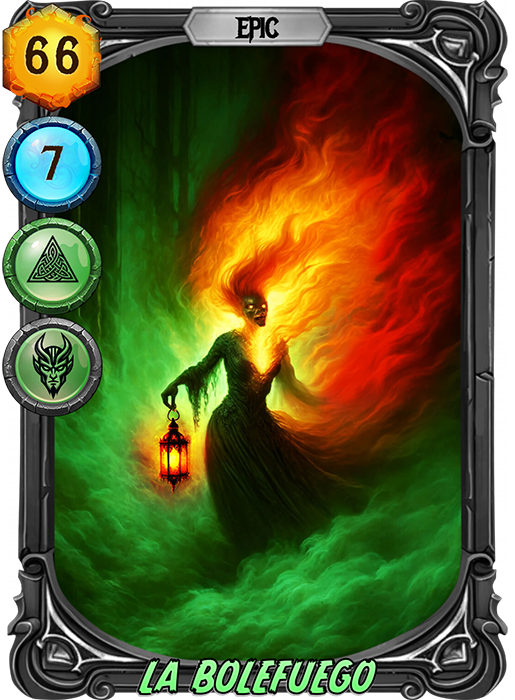
In 1753, Danish bishop Erik Pontoppidan described a creature unlike anything known to science: an enormous octopus, flat and round, capable of dragging ships into the sea as though they were driftwood. He was, of course, talking about the Kraken: the apex predator of the North Atlantic.
Classification: Mythical Beasts & Cryptids
Temporal Range: 12th century to present
Geographic Range: North Atlantic, particularly Norwegian waters
Diet: Whales, ships, the occasional overconfident navy
Horde: Depths Below
In 1753, Danish bishop Erik Pontoppidan described a creature unlike anything known to science: an enormous octopus, flat and round, capable of dragging ships into the sea as though they were driftwood. He was, of course, talking about the Kraken: the apex predator of the North Atlantic.
Yet, long before Pontoppidan's description, Norse sagas warned of great sea beasts that surrounded ships with coiling arms and eyes like submerged moons. Mariners spoke of whirlpools that formed without wind, of sudden calms followed by impossible storms, and of fish swarming to the surface as the Kraken prepared to feed.
Later naturalists suggested the Kraken might be a giant squid, citing reports of huge tentacles, deep-sea battles with whales, and carcasses washed ashore in Iceland. But locals know it's no ordinary cephalopod.Early accounts describe a being with many heads and a number of claws. Later illustrations show something crowned with spikes or horns, neither fish nor octopus, its body shifting with every retelling. What lives in those depths does not follow the rules of known animals.
Whatever its true form, our field agents note that the beast's feeding patterns have adapted to modern times. It's learned to target the sonar pings of research vessels, using them like dinner bells. If your sonar shows a contact larger than a blue whale moving with purpose, change course immediately.




